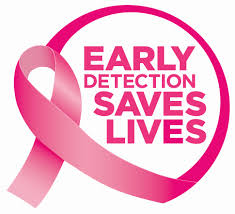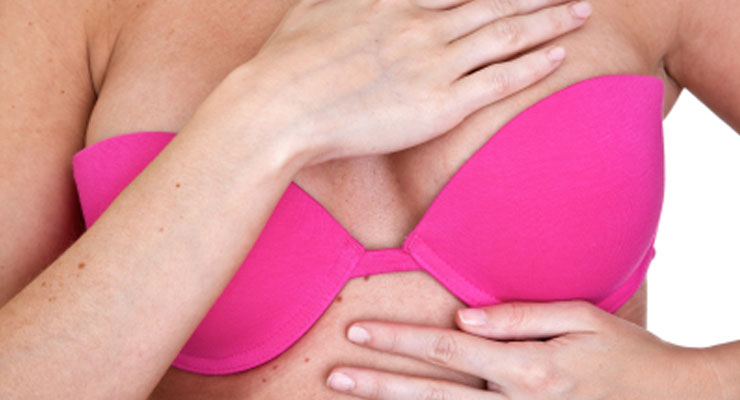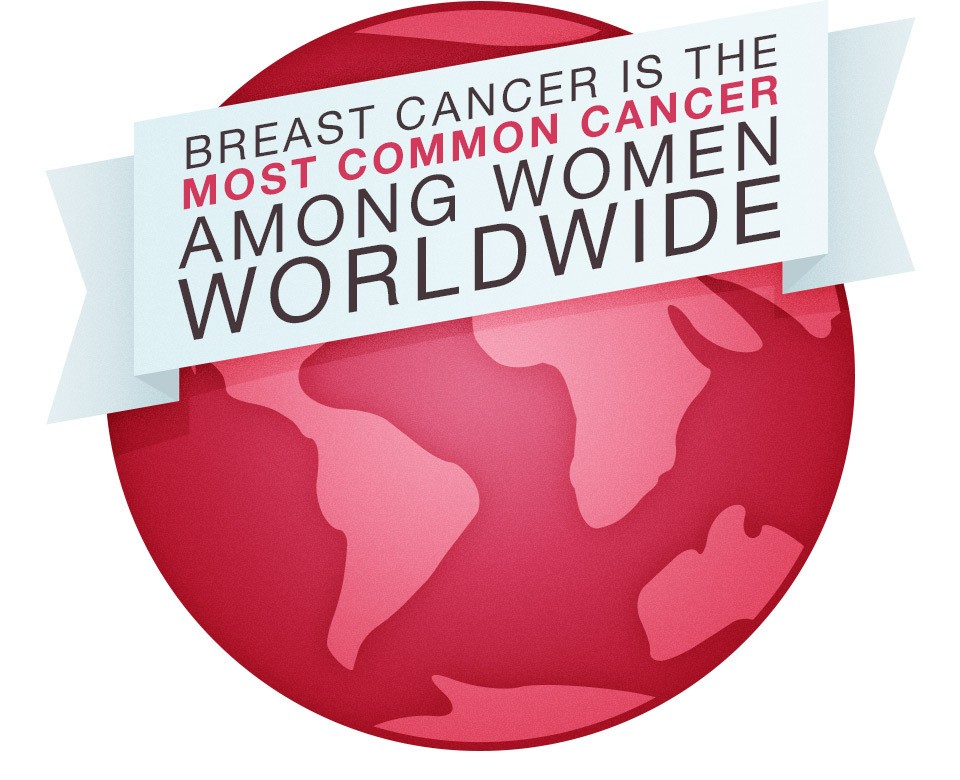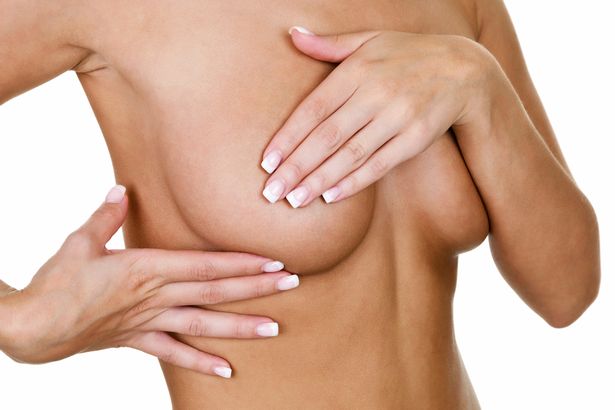BREAST CANCER AWARENESS
October is ‘Breast cancer awareness month’ and we want to use this platform to sensitize and empower women about breast cancer.
Breast cancer is cancer that develops from breast tissue and according to the World Health Organization, breast cancer is the most common cancer among women worldwide, claiming the lives of hundreds of thousands of women each year and affecting countries at all levels of modernization.
In Nigeria, there are about 100,000 new recorded cases of cancer yearly while there are currently about 2 million recorded cases on ground. This is according to Professor Aderemi Ajekigbe of Radiotherapy and Oncology at the College of Medicine, Lagos University Teaching Hospital (LUTH).
FACTS ABOUT BREAST CANCER
- Breast cancer is the most commonly diagnosed cancer in women.
- Breast cancer is the second leading cause of cancer death among women.
- On average, every 2 minutes a woman is diagnosed with breast cancer and 1 woman will die of breast cancer every 13 minutes.
- Getting a mammogram can help reduce the number of deaths from breast cancer by 30 to 40% among women ages 40 to 70.

Causes and risk factors
Till date, the exact cause of breast cancer is unknown, but several risk factors have been associated with the disease in women. They include:
- Age: This is an important risk factor because the risk of developing breast cancer increases with age. The incidence rises steadily from 30 to 75 years
- Gender: Breast cancer is 5 times more common in females than in men.
- Race: Breast cancer incidence is higher among Caucasians than in Africans or Asians, but the disease is usually more aggressive in Africans.
- Family history: Breast cancer tends to run in families. A woman whose grandmother, mother, aunt, or sister, i.e. a first-degree relative, has had the disease is at greater risk (twice the incidence) of developing breast cancer. The risk is even higher if two or more close relatives are affected
- Age of first pregnancy and nulliparity: The age of first pregnancy is important, those having their first child at 18 or less being more protected than those having it after 25. The risk of postmenopausal carcinoma is tripled when the first birth occurs after 35 years. Nulliparity increases the risk and unmarried nulliparous women have a greater risk than those who are married.
- Age of menarche and menopause: This is another important risk factor, women with early onset of menstruation and late menopausal are more likely to develop breast cancer.
- Lifestyle/ diet: Excessive intake of fatty meals, excessive alcohol consumption, smoking of tobacco and obesity have been linked to increase the risk of developing breast cancer.
- Exposure to ionizing radiation from x-rays or occupational hazard.

Symptoms/ Signs
- Painless breast lump
- Late stage may have swollen breast, redness of the breast, pain and itching
- Blood stained nipple discharge
- Disorder of the nipple which may include retraction, elevation, deviation or destruction
- Abdominal distension from spread to the liver
- Anorexia, nausea, and vomiting, generalized body weakness
- Other symptoms suggestive of spread to organs. Lungs (chest pain, difficulty in breathing and cough), bone (bone pain and fractures) and the brain (dizziness, headaches, seizures and coma)
Treatment
The treatment for breast cancer depends on factors like the stage of the disease, age of the patient, type of breast cancer, the extent of spread, general condition of the patient, treatment available and the presence of skilled medical personnel. However, treatment involves the combination of surgery, chemotherapy, and radiotherapy.
- Surgery: this is usually the mainstay of treatment. It involves the removal of part or whole of the breast affected with cancer. It rapidly reduces the cancer burden on the patient
- Chemotherapy: this is the use of drugs which targets and destroys the cancer cells. It is important to note that these drugs also target normal cells hence its side effects.
- Radiotherapy: this involves the use of radiation therapy to target and destroy the cancer cells. It gives a more localized treatment than chemotherapy.

Breast self-examination
As it is commonly said, “prevention is better than cure”, breast lumps can be detected early by performing a simple self-breast examination monthly.
This simple examination significantly increases the chance for early diagnosis and treatment of breast cancer.
- It is best performed in the 7th to 10th day after menses. For post-menopausal women or women who had hysterectomy, a specific day in a month should be selected and adhered.
- It is generally advised that a BSE is performed while taking a bath and the patient should stand in front of a full-length mirror.
- With the right arm behind the head, the palm of the left hand is used to feel for any lumps in the right breast. It is best to work your way from the nipple area.
- The same technique is repeated for the left breast
- Any lumps, unusual nipple discharge or finding should be reported to your physician for expert management.
It is not enough to read about breast cancer, many have read but are still carrying its cell around without knowing. Take steps today to check up for breast cancer. Let’s stop this rapid destroyer of life.
Please share this Article to bring awareness and fight against breast cancer.

Source: https://www.nigerianbulletin.com














